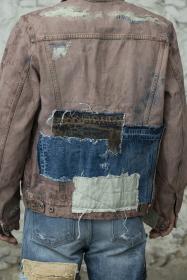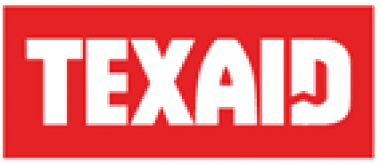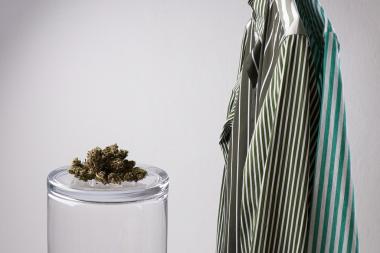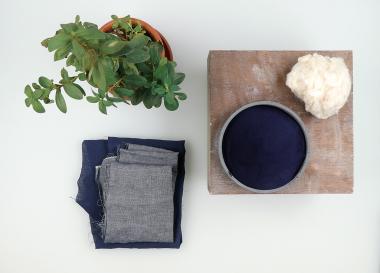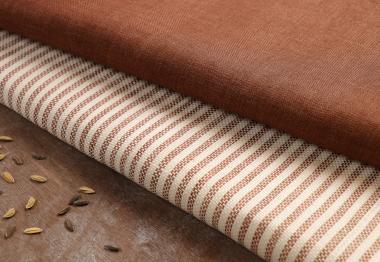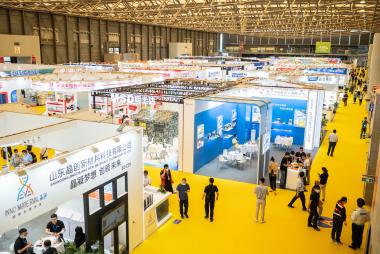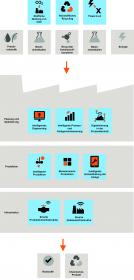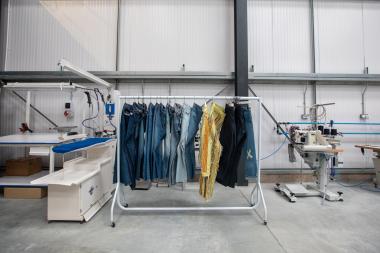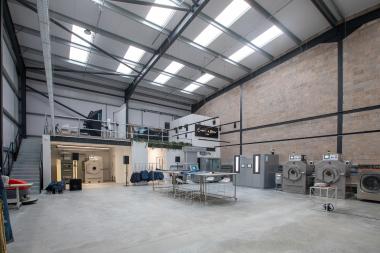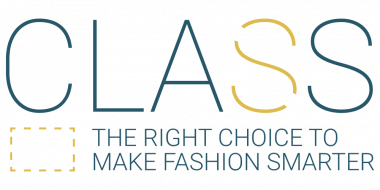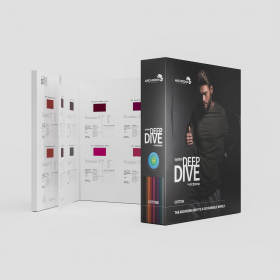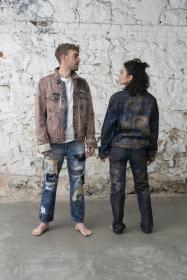Offina39 attends Denimsandjeans India
- Officina39’s Trustainable™ collection FW 23: key innovation highlights.
- The Trustainable™ collection FW 23 presents SMART 03 and Aqualess Fade
Officina39 is attending the fourth edition of Denimsandjeans India in Bangalore (8-9 June 2022). As the show displays the GREENABLE (green and comfortable) aspects of denim, Officina39 did want to have missed the opportunity to show its latest technologies included in the Trustainable™collection FW23.
For Officina39, “Trustainable” is a term that expresses the company’s approach based on honesty, transparency and social responsibility: this attitude once again characterizes the technologies that
have given shape to the Trustainable™ collection FW 23.
The latest technological addition to the line is represented by the new Ozone Booster SMART 03, which assures more final bluish indigo shades than the other boosters on the market, activating the
reaction of Ozone on indigo without any strong oxidizing agent. Better results, less aggressive bleaching.
The new collection also marks the debut of Aqualess Fade, a technology that recreates the bleaching effect of chlorine on fabrics, a waterless special compound for the discoloration of denim on indigo/black garments which reduces resource consumption and environmental impact.
This newest innovation completes and integrates Aqualess Mission, a combination of technologies that allows garment laundry processes to reduce 75% of the water use. Until now, the process included three eco-friendly technologies: Novascraper Indigo, a laser finishing technique that adds a natural, vintage look to denim garments; OZ-ONE Powder, an advanced product to give garments a bleached yet eco-friendly treatment, for a worn and distressed look; and Aqualess Aged, a waterless compound to give denim abrasion effects. Specifically, this last revolutionizing product has recently marked an important achievement which adds to the company’s sustainable credentials: Officina39 in fact stands out as the first and only player to receive, for its Aqualess Aged, the DeniSafe® certification of enzyme product(s) by Novozymes for safe production and safe use through dry application.
Officina39


